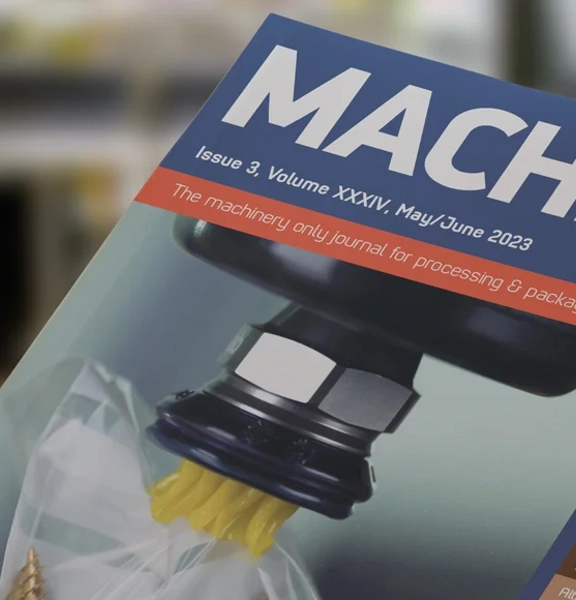Become a member
Take advantage of exclusive member benefits, world class events, networking and specialist support








 Become a member
Become a member 

15 April 2025
Electric automation can bring greater efficiency, consistency and precision than pneumatics, says Festo, but this depends on specifying and designing drives correctly to avoid any problem.
Simple oversights at the outset can cause serious problems, turning all the potentially good outcomes of electric automation into the ‘axis of all evil’, according to electric automation product manager Ben Lloyd.
“Mistakes we commonly see include undersized motors on vertical axes, incorrect gear ratios, and a failure to align the guides correctly — all causing sub-optimal machine performance and premature component failure,” he says.
The knock-on effects for end users can include higher energy consumption, increased maintenance costs, and lower productivity, Festo points out.
Having investigated cases of premature component failure, Festo has compiled its 10 Most Commonly Made Errors With Electric Axes, a free-to-download guide offering best-practice advice for optimising electric automation systems. The company’s top tips include:
Factor in vibration. When selecting a linear axis, specifiers rightly refer to the manufacturer’s datasheet to obtain information regarding the correct power and torque parameters. However, environmental conditions such as vibrations must also be factored in to ensure that the desired lifetime is achieved, Festo cautions.
More accurate predictions of component lifetime can be achieved by applying a specific factor to the load, as a function of the expected vibration, during the calculations.
Ensure full lubrication. Electric automation components are sometimes required to make repeated very short and precise movements. This can pose problems with effective lubrication, which leads to components sticking or failing. For example, a ball screw drive has a grease reservoir that ensures the drive is continuously lubricated during operation. In applications in which only a very limited stroke length is used, the balls in the ball screw assembly hardly move at all and so are not coated with any new grease.
Thermal performance. The thermal model of the motor and drive plays an important role in correct drive selection. Heating and cooling cycles are typically influenced by whether the application requires the electric drive to operate continuously or intermittently. Intermittent operation, of course, means the components have time to cool down, with a positive impact on their service life. This means it is often possible to select a less powerful version than for continuous operation.
Festo says its Electric Motion Sizing Tool helps specifiers and machine builders to factor these considerations in, by simply entering dwell times between movements alongside other typical variables such as motion, mass and speed.
0800 626 422